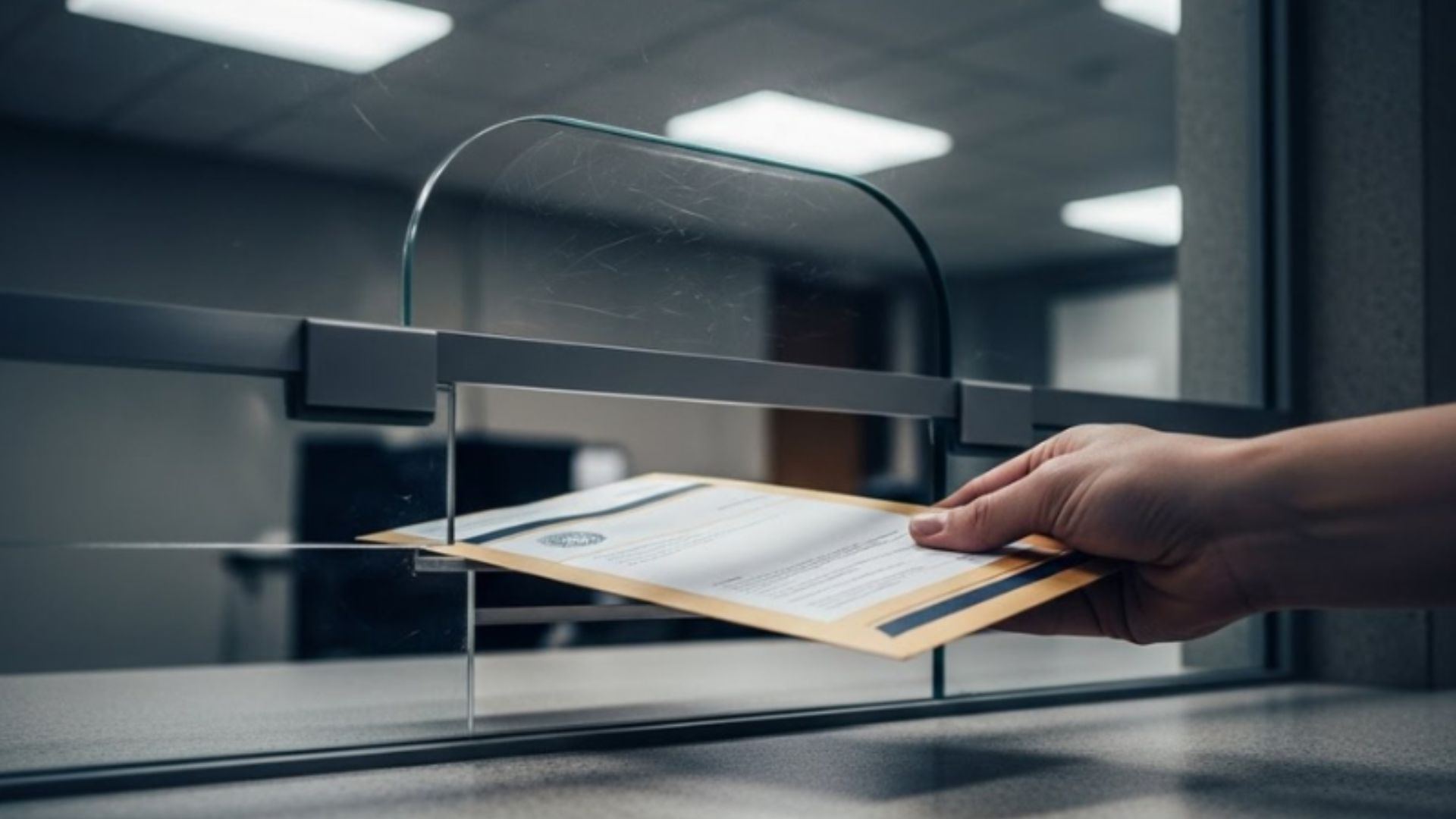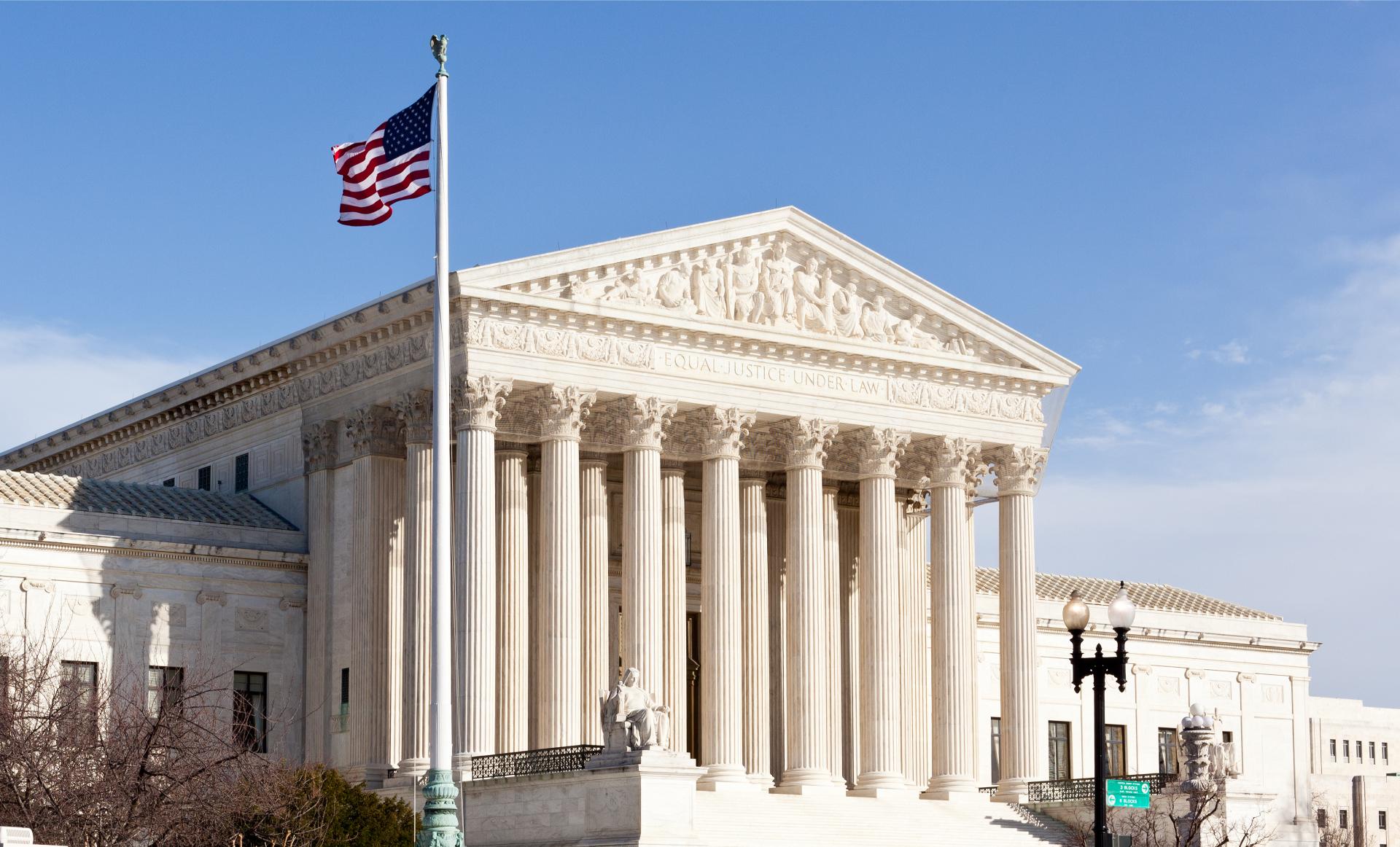You may have heard about SB 384 and how it reshaped California’s rules around sex offender registration. If you or someone you care about has ever faced this requirement, the process probably feels overwhelming.
The system used to be one-size-fits-all, with people stuck on the registry for life. Now, California uses a tiered registration system that offers a path to removal for many.
The changes matter because they affect how long you have to register, when you can file for removal, and how district attorneys review petitions.
What is SB 384?
In 2021, California passed SB 384, which completely changed how the state handles sex offender registration. California used to have one of the strictest systems in the country, with everyone having to register for life, no matter what the crime or risk level.
That method led to a huge backlog and didn’t make a difference between someone who had been convicted of a nonviolent crime decades ago and someone who was thought to be high-risk.
Lawmakers and experts in the criminal justice system knew that the old system wasn’t good for public safety or rehabilitation.
California SB 384 set up a three-tier system. Now, how long you have to register depends on how serious the crime was and other things.

California’s Tiered Sex Offender Registration System Under SB 384
The three tiers are defined under California SB 384 as follows:
- Tier 1 (requires 10 years minimum): This tier usually applies to lower-level offenses or misdemeanor sex offenses. A person in Tier 1 will be required to register for a minimum of 10 years if older than eighteen years. If a minor, 5 years minimum required.
- Tier 2 (requires 20 years minimum): This tier would apply to a person convicted of more serious, but not the most serious offenses. A person will be required to register a minimum of 20 years if 18 years or older and 10 years minimum if a minor.
- Tier 3 (requires lifetime registration): A person convicted of the most serious offenses or with multiple convictions would fall under this tier. The lifetime registration requirement still would apply.
Why this is important: Not everyone is automatically locked in for life anymore. Many individuals, especially those in Tier 1 or Tier 2, can now petition for removal once they meet the minimum time requirement.

Who Qualifies for Removal From the Registry?
One of the biggest changes that SB 384 was designed to accomplish was to allow the people to come off the registry, once they had met the required years.
You may qualify if:
- You have satisfied your minimum registration time (10 or 20 years, depending on your tier).
- You have not picked up any new felony charges, which would restart registration or add on time for registration requirements.
- You can show court rehabilitation, stability and/or proof that you are not a threat to society.
The court considers risk assessments, probation or parole records or testimony from the district attorney before making its decision.
You may be eligible to petition the court if you are in Tier 1 or 2. Tier 3 generally does not qualify unless a change in law or extraordinary circumstances exist.
For anyone considering this step, it is advisable that they consult with a Los Angeles criminal defense attorney who knows the local courts and what factors judges consider most important.
The Petition Process to End Registration
Once eligible, you can begin the petition process to terminate your registration requirement. It is important to understand that the details matter.
Here are the steps involved:
- Determine your tier: You can contact the local law enforcement agency that you registered with for this information.
- Obtain the SB 384 petition form: This form must be correctly completed and submitted to the superior court in your county. Mistakes in preparation or missing items will delay the process.
- File with the court: After the SB 384 petition form has been completed, it is also filed with the court with any required fees.
- District Attorney’s office review: The D.A.’s office will review the petition. If they feel that you pose a risk, they will object.
- Hearing in court: A judge will report on the particulars of your case. The judge listens to evidence and decides. You will have to show justification for your removal.
- Ruling: If approved, your requirement to register ends. If denied, you may need to wait before trying again.
Having the services of a Sex Crimes Lawyer can make a huge difference. An attorney will help you gather documentation, will work together with you, preparing the evidence for the attorney’s presentation of your case to the D.A. and Judge.
Recent Updates to SB 384 and Sex Offender Registration
A law is not something that remains frozen or stationary. Since the original introduction of SB 384, there have been modifications by both the Court Authorities and Politicians to refine the workings of the system in California.
The main changes are:
- More defined times for assignment of tiers: Many of the registrants were unsure as to the tier in which they found themselves after the first few years. The recent updates made it possible to have better communication and more readily available information attached to confirmation of your classification.
- Expanded comments on petitions: The courts have been issuing applications of rules governing petitions so that the forms are fairly reviewed, giving registrants distinct deadlines.
- DA objections under review: District attorneys often objected broadly in the beginning. Courts are now requiring more specific reasons for objections.
- Changes: Some counties have added a more rapid approach for filing of petitions, reducing waiting periods and backlog.
These changes mean that if you were hesitant to file before, this would be a better time to start doing so. It is of prime importance to know your rights and the existing procedure to be competent to act towards forwarding your application.
Moving Forward With SB 384 and Your Next Steps
The path laid out by SB 384 offers something California never had before: the chance for many people to step away from lifetime registration. The law recognizes that not all cases are the same and that rehabilitation and time matter.
If you’ve reached your minimum registration period, now is the moment to explore your options. Speaking with a Los Angeles criminal defense attorney can give you the guidance you need on your exact situation. They can walk you through how to register as a Sex Offender properly if required, or how to file for removal when eligible.
For more detailed resources, you can learn about the California Sex Offender Registry System and review the process of working with a Sex Crimes Lawyer who knows how these cases move through the courts.
Change doesn’t happen overnight, but the updates to SB 384 prove that California is moving toward a fairer system—one that balances accountability with second chances. If you’re ready to take the next step, the process is there for you.
FAQ About SB 384
How do I find out what tier I’m in?
You can ask the law enforcement agency where you currently register. They’ll provide documentation showing whether you’re Tier 1, Tier 2, or Tier 3. This is the first step before even thinking about a petition.
Can Tier 3 offenders ever be removed?
Generally, no. Tier 3 still means lifetime registration. But there may be rare exceptions if the law changes or if a strong argument can be made during the filing of a petition for special review.
Does SB 384 apply to out-of-state convictions?
It depends. If you now live in California but were convicted elsewhere, the court will compare the offense to California’s system. You may still be assigned a tier here, and California sex laws will control your registration length.
What happens if my petition is denied?
If the judge denies your request, you’ll usually need to wait a set period of time before trying again. The denial doesn’t necessarily mean you’ll never qualify—it just means more evidence or more time may be required.
References
- California Office of the Attorney General. (n.d.). SB 384 registrant FAQs (PDF).
- Shouse Law. (n.d.). Senate Bill 384: California sex offender registry reforms.
- Marin County District Attorney. (n.d.). SB 384 information.
- Riverside County Sheriff’s Department. (n.d.). SB 384.
- Fresno County Superior Court. (n.d.). Senate Bill 384 — Juvenile division.
- Manuelian Law Firm. (n.d.). California sex offender registry removal petition.



